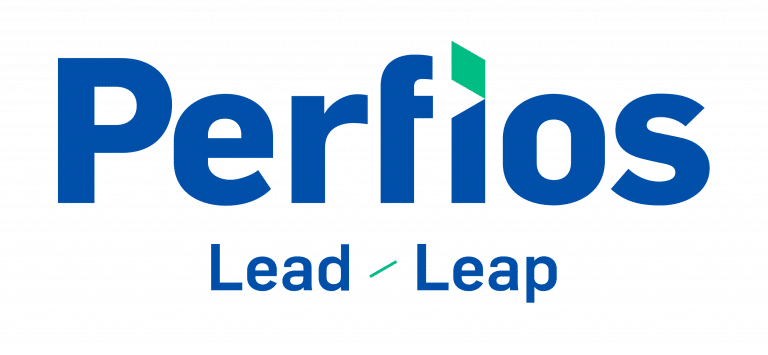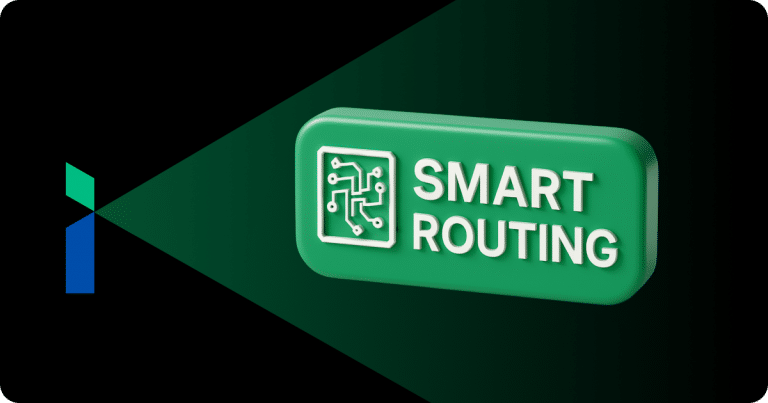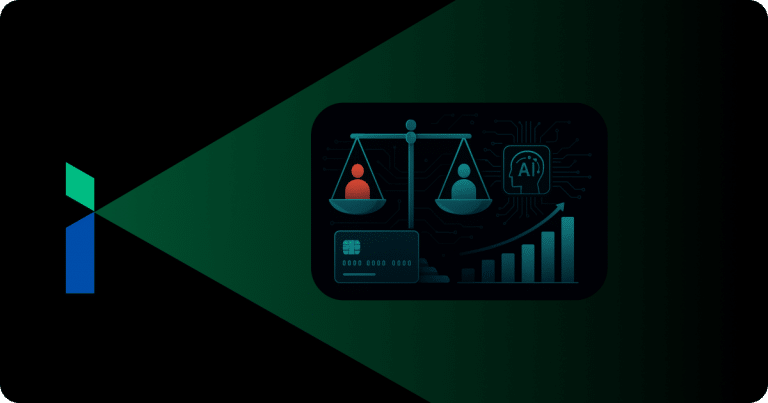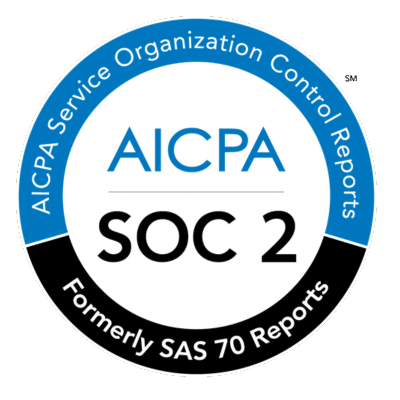Introduction:
In the ever-evolving landscape of modern business, staying ahead of the curve demands intense innovations, agile adaptability, and perfect precision.
So, imagine a dynamic tool that empowers your organization to swiftly respond to changing market trends, enforce regulations effortlessly, and optimize decision-making with unparalleled efficiency.
In this article, we will delve into the highly configurable engine that’s reshaping the way businesses operate. So, let’s delve into the details of Business Rule Engines and unveil the insights that promise to revolutionize the lending decision of your enterprise.
Business Rule Engine or BRE, popularly called Business Decision Automation Engine, enable users to build their own Conditional Rule Sets, which in turn are used in arriving at various Decisions in their process.
The Engine can be considered as a platform to configure specific rules in the form of multiple If-Then-Else conditions and various Decisions/Outcomes for each of these conditions or the combination of those conditions.
Rule configurations are done through an Intuitive UI and can easily be processed by any non-technical Business user. Hence, it’s a self-service tool for Business Users for regular/periodic activity of Business Rules Configuration.
Components of Rule Engine:
1. Business Objects and Attributes:
This enables exacting the User-Defined Business Objects, to which various Attributes/Fields can be mapped and is used for calculation of Rules.
E.g. Income, Employment, Bureau Enquiry, and PII/KYC are various Business Domain objects under which specific related attributes/fields of Customers are mapped and can be frequently used as Ready Reference. These attributes can be Customer entered info or fetched/validated from other sources like the Government database, Credit Bureau, Bank statements, etc.
Example- For Income as a Business Domain Object, Attributes like Applicant/Co-applicant Gross Income, Net Income, Other Income, Rental Income, Agri Income, Assessed/Imputed Income, etc. can be mapped and used in Rule Building.
The same is used for any Line of Business-Retail, SME, Agri, etc.
2. Rule Sets:
These are the actual User-Defined Business Rules that are to be configured. These rule sets can be for a specific product or a specific scheme under a product or any user-defined rule set, which can be applied to finalizing decisions.
Example- Personal Loan Product is a Master Rule Set and multiple scheme level rule sets can be defined within these.
Rule sets can also be specific calculations that are reusable in multiple decisions. For example- FOIR, LTV, Banking to GST ratio, DSCR, etc. are specific pre-configured user-defined calculations, that can be applied and reused in multiple Rule sets.
3. Rule Builder:
This section lets the users build the actual Rule Calculations.
Most common Operators like >, <, AND, OR, NOT IN, Equals, Range, %, Date Difference, etc. can be readily used and applied to Rules.
With the correct execution of the operators, simple to complex rule scenarios can be developed here.
Example- From a single AND, OR scenario to Multiple and nested AND, OR scenarios, If Then Conditions can be applied to the Rules.
Chain Rule set conditions can be applied, which essentially means a Parent & Child Rule. If a Parent or Master condition is satisfied, then a Child rule is applied, else if not satisfied then another Child rule is applied.
4. Decision Trees:
The rules configured here are also represented visually, showcasing all the paths and conditions of a specific Rule Set.
Generally, the higher the If-Then-Else statements and nested conditions, the harder it is for getting a textual representation.
Hence, the Decision Tree structure helps non-IT or Business users to quickly understand the rules configured and can also execute Rule Updates on their own.
5. Rule Output Validation:
Business users can immediately apply and cross-check the correctness of Configurations and the Output themselves before applying them in Production. This offers the users the confidence to execute the UAT checks themselves before they are made Live.
JSON format of the sample rules can also be applied from Front End to check the Correctness of the Rule.
Governance and Maintenance of Rule Configurations:
1. Users can configure and apply the rules for a specific time, especially in case of scenarios like special schemes applicable during the Festival time.
This can be enabled in the Front end with a simple ‘From’ & ‘To’ date applied for the Rules.
If there are any temporary Policy Changes, rules configured currently can be deactivated (and can be re-activated) with small changes later.
2. If the user is configuring a Rule Set which is potentially conflicting or is hard to resolve for the final True or False condition, the same can be alerted to users to apply the rectifications fast.
3. Setting up explanation message templates to inform the users about the Rule Set and its conditions and Outcome expected
4. Versioning- Since rules are subject to periodic changes, applying versions to each rule set and maintenance of all historical versions for users to compare or Audit in future
5. User Access- Easily defining which users can take various actions like making changes to Rules, View, or Authorize the final rules.
6. Logs- Maintenance of Audit trail of all user actions in the BRE helping the lenders to have an audit of what changes users had made at what points in time
Rule Outputs and Integrations in Downstream Systems:
Rules configured can be quickly viewed by users in the form of JSON format. Such JSON files can be immediately checked by calibrating & applying.
JSON files also help users in any API integration with downstream systems for consuming the JSON responses.
InteGREAT BRE
It’s a well-defined set of rules extrapolated from multiple sources that enable the user to make faster decisioning, improve efficiency, and reduce errors. The purpose of the InteGREAT BRE is to ensure consistent decision-making as per the Banks’ policies and regulatory requirements which in turn helps in automated responses in real time. The rules are pre-set by the user and the BRE engine helps to faster evaluate data from various sources and determine what action to be taken on the results of this evaluation. The various actions could be STP/NSTP/No-Go or Limits to be set up, again as per the user’s pre-defined input parameters.
InteGREAT BRE helps the users to:
(i) Reduce manual decision making
(ii) Improve Compliance
(iii) Increase productivity
(iv) Make cross-sell and up-sell decision-making.
As we draw the curtains on our exploration of Business Rule Engines, it becomes evident that these powerful tools are more than just a means to an end; they represent the key to unlocking an organization’s true potential.
By harnessing the capabilities of interactive rule management, streamlined decision-making, and agile adaptability, businesses can steer themselves toward unparalleled success in an ever-evolving landscape.
So, as you embark on your journey to embrace the potential of Business Rule Engines, remember that the true magic lies not only in the technology but also in the vision and creativity with which you wield it.
Allow these engines to be the catalysts for innovation, the enablers of dynamic growth, and the gateways to sustained excellence.
About Perfios:
Perfios Software Solutions is India’s largest SaaS-based B2B fintech software company enabling 900+ FIs to take informed decisions in real-time. Headquartered in Mumbai, India, Perfios specializes in real-time credit decisioning, analytics, onboarding automation, due diligence, monitoring, litigation automation, and more.
Perfios’ core data platform has been built to aggregate and analyze both structured and unstructured data and provide vertical solutions combining both consented and public data for the BFSI space catering to their stringent Scale Performance, Security, and other SLA requirements.
You can write to us at connect@perfios.com

